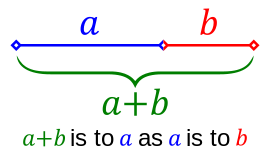 To end this term we've been working with Arduino. Arduino is an open-source electronics platform based on easy-to-use hardware and software. It's intended for anyone making interactive projects and it's mainly composed by a software and a board shield, supplemented by several means. This project was created in around 2005 by a group of people related with the Italian Interactive Design Institute Ivrea, to create a more affordable and accessible free hardware device, compatible with most operative systems. Now there are discussions about the licensing of Arduino between its creators but this project is a great mean for education and development so I hope we will still be using it in schools for long.
To end this term we've been working with Arduino. Arduino is an open-source electronics platform based on easy-to-use hardware and software. It's intended for anyone making interactive projects and it's mainly composed by a software and a board shield, supplemented by several means. This project was created in around 2005 by a group of people related with the Italian Interactive Design Institute Ivrea, to create a more affordable and accessible free hardware device, compatible with most operative systems. Now there are discussions about the licensing of Arduino between its creators but this project is a great mean for education and development so I hope we will still be using it in schools for long.
In our high school we have several Arduino materials with which we create interactive gadgets. Then with our creations we participate in a technology fair. But, to get started on it, we at first make simple projects. We've made two projects until now. You can see the information about them in the Verkstad Creative Technologies webpage, in the second and third blocks.
The first project consisted on a sport or game. My group made REACT. It consists on a sequence of LEDs that come on light aleatory and you have to push the corresponding capacitive sensor rapidly to continue playing. You can see the information here:
The first project consisted on a sport or game. My group made REACT. It consists on a sequence of LEDs that come on light aleatory and you have to push the corresponding capacitive sensor rapidly to continue playing. You can see the information here:
The second project consisted on a "magic" gadget. My group made POV, which consists on a line of LEDs on the shield which come on light depending on how you program them, so that when you make it turn rapidly or you move it rapidly, you can see words or symbols on it, and it is so cool. You can see its information here:
I hope you liked, I'll upload more information and images about this if we continue working with Arduino. Have nice Easter holidays!










